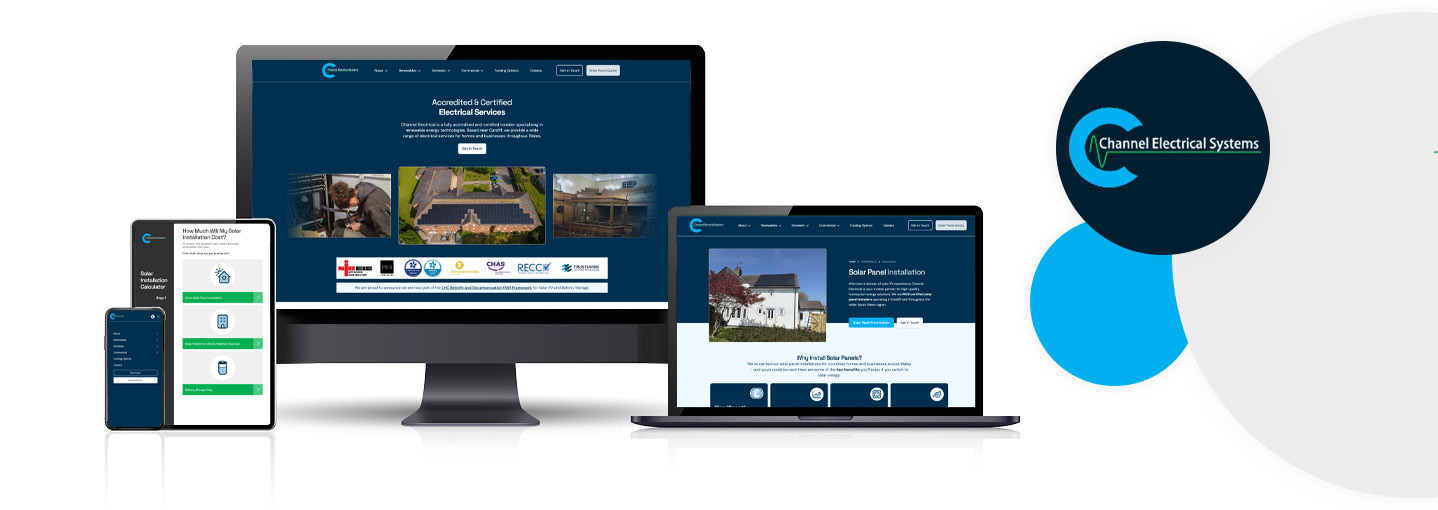
Channel Electrical are a team of highly qualified electrical engineers that have provided a wide range of electrical services to people and businesses across Wales and beyond over the past 30+ years. They are also MCS certified solar installers, making them experts on all things renewable energy, from solar panel installation to electric vehicle charging points!
More...

Established in 2010, NewBold Solicitors are among the UK's top property and housing law firms. They provide cost-effective and jargon-free legal assistance to landlords and other clients throughout both England and Wales.
NewBold came to us because they wanted their new website to reflect their professionalism and passion for client-centric legal advice. Their old website was last updated in 2018, and it lacked the personal and inviting feeling that these friendly solicitors want to give off.
More...

SEO (Search Engine Optimisation) is a long-standing digital marketing practice that focuses on improving website rankings in traditional search engine results pages (SERPs) to drive organic traffic. GEO (Generative Engine Optimisation), on the other hand, is a new strategy that aims to optimise content for AI-powered tools and search engines with the goal of getting content cited and summarised directly within AI generated responses.
To learn more about the differences between SEO and GEO, keep reading this blog!
More...

If you have been exploring how to get your website’s content ranked on Google, then you have probably come across E-E-A-T in your research. E-E-A-T is an acronym for Experience, Expertise, Authoritativeness and Trustworthiness, and is a framework that has been used by Google since 2014 to assess the quality of online content. The purpose of this framework is to ensure users receive reliable, high-quality and helpful information in response to their queries.
Despite Google claiming that E-E-A-T is not a direct ranking factor in their search algorithm, understanding and optimising for E-E-A-T has been shown to strongly correlate with SEO success.
So, if you want to give your website an SEO boost and watch your rankings climb, keep reading this blog for our expert advice on how to demonstrate experience, expertise, authoritativeness and trustworthiness in your online content.
More...

Content pruning is the process of identifying and removing low-performing, outdated or irrelevant content from a website to improve its overall SEO performance. Think of it in the same way as pruning a plant – you can encourage healthier growth by removing dead or overgrown parts that are weighing the plant down!
In this blog, we will explore the process of content pruning, how you can do it and why it is important for your website’s SEO. Let’s get started!
More...